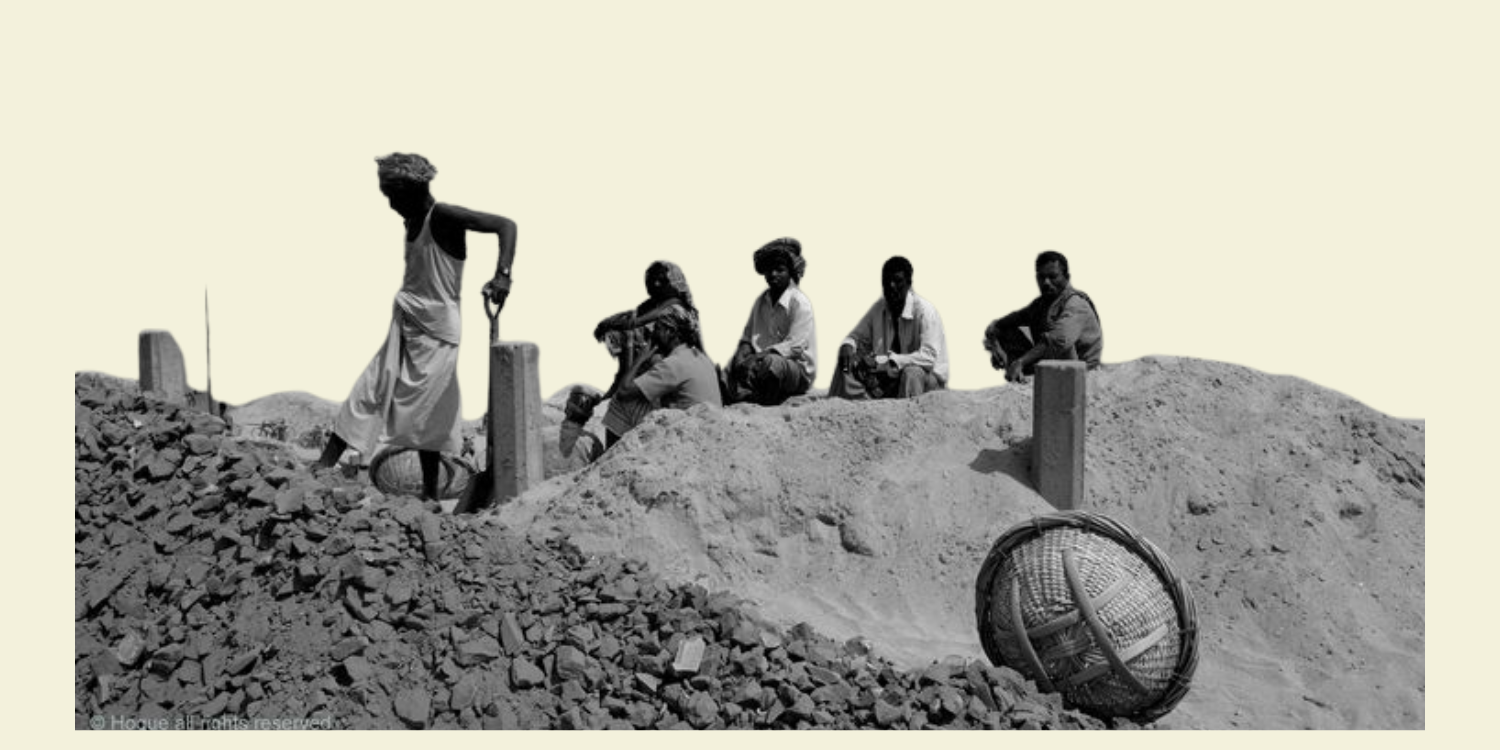Abstract
Rural development projects have largely centred around the establishment of industries, such as steel plants and oil refineries, or industrial activities like mining. In the past, the coverage and scope of such projects have seen consistent growth. Development projects are also seen to provide job opportunities for the local people, thereby promising financial growth. Though financial security is crucial in creating livelihoods, locally available resources are also critical for fulfilling rural communities’ basic food and water needs, and their safeguarding. However, the negative ecological impact of development displaces local communities in the region and deprives them of their natural habitat and livelihood. This paper looks at the case of the Hemgir block of Sundargarh, Orissa, to study the post-development impact of projects on the local livelihoods. Orissa is one of the key states in India where development projects have been taking place for decades. Sundargarh is the mining district in Orissa with vast reserves of coal and manganese, resulting in coal, limestone, and manganese mining in 17 blocks. Nearly 3-5 million people have
been uprooted since 1950 in Orissa, more than 50% of which are tribals. The paper highlights how industrial development is not an adequately inclusive approach in safeguarding the local communities. A revised developmental approach in these areas must cater to the needs of the locals and ensure sustainable livelihood.
Keywords: Industrial Development, Sundargarh, Mining, Local Livelihoods, Rehabilitation, District Mineral Foundation
Introduction and Legal Provision
Development refers to a multidimensional undertaking to achieve a higher quality of life for all people. However, the term ‘development’ has different connotations that vary with context (Kent, 1982). In the 1950s, the meaning was limited to ‘economic and social progress.’ Today, it encompasses sustainable development that recognises poverty and inequality to create economic growth that promotes social inclusion (United Nations, 2015). Development remains a critical factor in modernisation and economic growth in developing countries as it inevitably leads to the creation of infrastructure services and employment opportunities that improve people’s lives.






